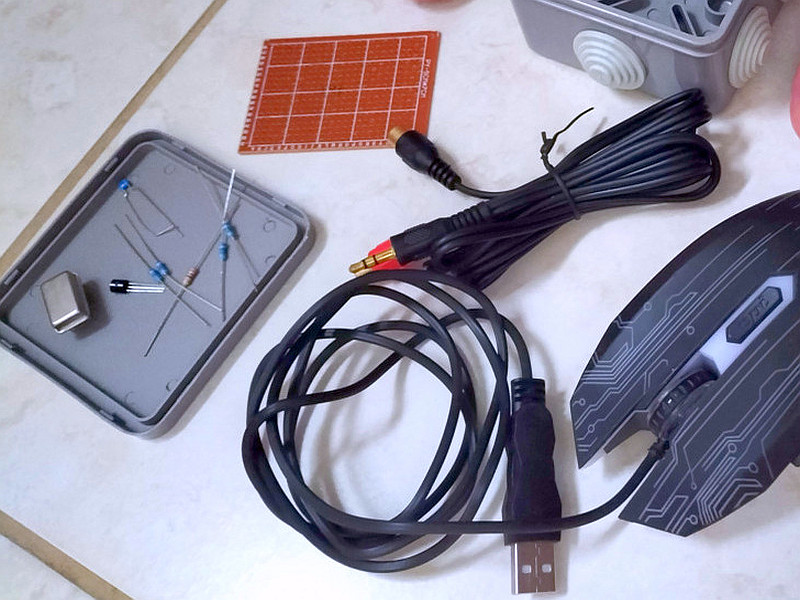NAVTEX TEST TRANSMITTER
(2025)

Once ships sailed around the world without Navtex!
Why a NAVTEX test transmitter?
With the software program NAVTEXtest.py it is possible to make Navtex test messages for audio frequencies. You can connect them to the audio input of a Navtex decoder or to the audio input of a PC with Navtex decoding software instead of the Navtex receiver with audio output.
But normally you have a Navtex receiver with internal software. You cannot test it with a Navtex audio signal, you need a HF Navtex test signal of 518 kHz. Of course you can use the regular Navtex transmissions. But there are often long periods when no messages are available from official Navtex stations. And then it is useful to be able to broadcast your own test message.
Also for training purposes it is nice to be able to send all kinds of test messages to teach how to operate a Navtex receiver. And to show how such a receiver reacts to the different Navtex messages.
Indeed, we need a simple Navtex test transmitter!

Parts for a very simple Navtex test transmitter!
NAVTEX test transmitter
We want to make such a a very simple and cheap Navtex test transmitter for training purposes and we have a simple idea! See the diagram below how simple it is!

A very simple diagram, a very simple solution!
How it works
A Navtex test signal with an audio frequency of 18 kHz is made with NAVTEXtest.py software. This audio WAV file is played with the audio player of the PC.
This 18 kHz signal is mixed with 500 kHz so that you get a Navtex radio signal of 500 + 18 = 518 kHz.
The 500 kHz oscillator switches the FET BS170 on and off. In this way it works as a HF mixer.
The 27 ohm resistor and 0.1 uF capacitor are a filter for the supply voltage and the 27 ohm resistor also acts as a fuse if there is something wrong in the circuit...
The signal is very weak, the range is only a few meters, so only within your house. It will not cause any interference with the official Navtex transmissions.
Connect a wire to the output and wrap that wire around the receiver's Navtex antenna. Then the signal is strong enough to activate the Navtex receiver!
490 kHz
You can also generate a Navtex signal of 490 kHz. Then a Navtex test signal with an audio frequency of 10 kHz is made with NAVTEXtest software.
This 10 kHz signal is mixed with 500 kHz so that you get a Navtex radio signal of 500 - 10 = 490 kHz.

The 500 kHz oscillator module can be purchased at a webshop for only a few euros

Ready!
The construction is simple!
The most important part is the 500 kHz oscillator module. You can order it for a few euros from an online store. It has an accuracy of 20 ppm, that is 10 Hz at 500 kHz. That is accurate enough, so you know for sure that the frequency is correct!
And you need an USB cable. It is only used for the supply power of 5 volt. Cut off the unused connector and use only the red (+) and black (-) wires. As you can see, I used the USB cable from an old broken mouse.
And you need an audio cable. I bought it from a Chinese store. A 3 mm plug on one side and two cinch plugs on the other side. Cut off the cinch plugs with 0.5 meters of wire. The 3 mm plug is the connection with the audio output of your PC. Use the wire that is connected to the top pin.
And one of the remaining pieces of wire with red cinch plug is used for the 518 kHz HF output of the Navtex transmitter.
Everything is mounted on a perforated board in a cheap mounting box for electrical cables.

Top side of the perforated board

Bottom side of the perforated board
How to operate the simple Barefoot Navtex Transmitter
Connect the audio to the headphones output of your PC and the USB cable to a free USB port. Connect 1 meter wire to the HF output and wrap it around the antenna of the Navtex receiver
Play the WAV file made by the NAVTEXtest.py software with the audio player of your PC and the message should be displayed. The audio pitch of the WAV test message has to be set to 18 kHz for 518 kHz and 10 kHz for 490 kHz. Set the volume to an average level.
NAVTEXtest.py test software
The NAVTEXtest.py software is written in Python.
But you have to change the standard pitch of 1500 Hz of the Navtex signal, press the configuration button and:
For 518 kHz: SL17915 and SH18085
For 490 kHz: SL10085 and SH9915 (indeed, upper and lower shifts exchanged because 490 kHz is lower than 500 kHz)
You can find the NAVTEXsnoop.py software by clicking the following link:
LINK TO NAVTEXtest.py TO MAKE NAVTEX TEST MESSAGES
However, there are a few remarks...
The transmitter also transmits on 500 - 18 = 482 kHz. And even a stronger signal at 500 kHz. But the signals are so weak that they are harmless. It is illegal and also impossible to connect this simple transmitter to an amplifier. Impossible because the 500 kHz signal will overload such an amplifier. It is only possible to use it as a low level harmless test generator, not a real Navtex transmitter!
Index PA2OHH







